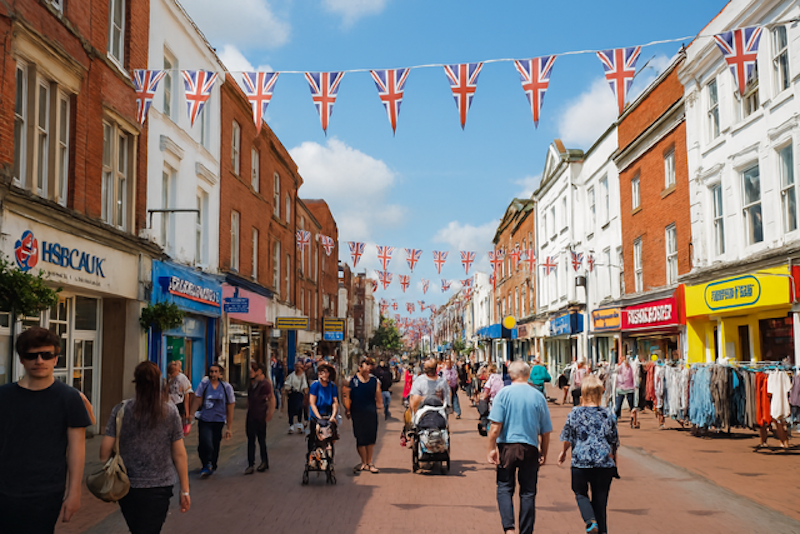Retail economic indicators: the question of the UK’s floor space
There are millions of economic indicators guiding policy around the world. However, just eight are considered Main Indicators, including GDP, interest, and inflation growth rates. All of these add up to create a country’s economic profile.
That’s in the grand scheme of things. Down at street level, many of the same indicators apply to people and businesses. Everybody has a credit rating, for instance (the United Kingdom's is AA, requiring improvement), and we’re all statistics in employment stats.
As a subset of business, retail spaces are laid up against their economic yardsticks, too. Occupancy levels, i.e. the ratio of taken to usable space in any given mall or shopping centre, is a big one, regularly forming the spine of articles in mainstream media.

This metric reached a new high (97%) in the English capital last year, according to a study from the Heart of London Business Alliance, a surge that does seem at odds with common knowledge. After all, in-person retail is supposed to be dying off as e-commerce eats into the customer base.
Miserable weather
A few more points from the previous report include reassurance for office blocks, which also reached record occupancy levels between late 2023 and early 2024, and increased consumer confidence in retail shopping.
If the latter is represented by another retail indicator, footfall, a spike in high street attendance during the festive season (6.1% to 11.2% as the year wore on) seems to have been arrested by miserable weather in January. In fact, unfavorable conditions seem to be sticking around.
“When will [the rain] stop?", a BBC article from early April asked.
Unfortunately, support for retail spaces doesn’t seem to have extended to shopping centres. In April 2020, footfall in the UK’s malls reached a staggering low of -87.8% - understandable, given the circumstances of that year.
Things had only improved a little a year later, though, when attendance climbed to -36.6%.

Shopping centre vacancy stood at its highest point in two decades during Q4 2023, at 19.4%. As an example, St Catherine's Place in Bedminster, Bristol, is void of stores.
London does seem to be faring a little better. Pet Shop Boys’ darling district the West End has seen rents rise, with 526 new leases signed as workers return to city center offices.
House prices
Problems filling floor space aren't unique to retail. Across the property divide, in housing, many of the same indicators are used to forge opinions. The Trading Economics website reports that Home Ownership Rate in the United Kingdom is at 65.2%, one of the lowest levels in Europe.
Housing is still a difficult market in the UK, especially for buyers. Consequently, the use of third parties in house sales is increasing, especially in cases such as a probate house sale, where the property is inherited.
The Sold.co.uk website indicates that auctions and real estate agents don’t always give the owner a choice regarding the selling price. This kind of business also offers valuations, covers legal fees, and keeps solicitors away from the process.
Again, we come back to the need to shift floor space, something that may have an unexpected solution (at least for retail) - independent stores. The Manchester School of Architecture hopes for a trendier high street, headlined with words like “artisan” and “vintage”.






























Continue reading…